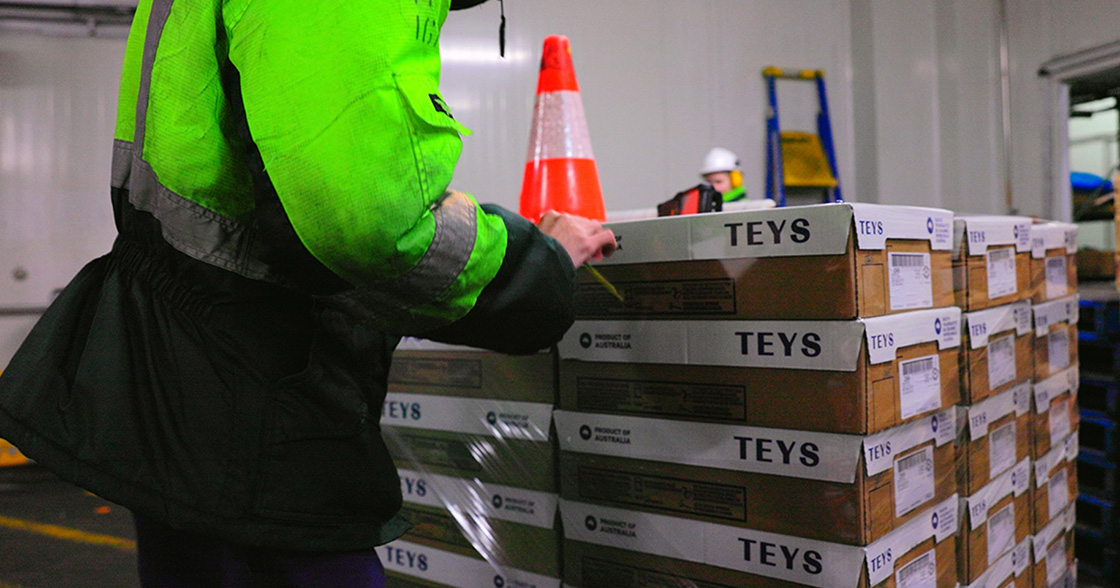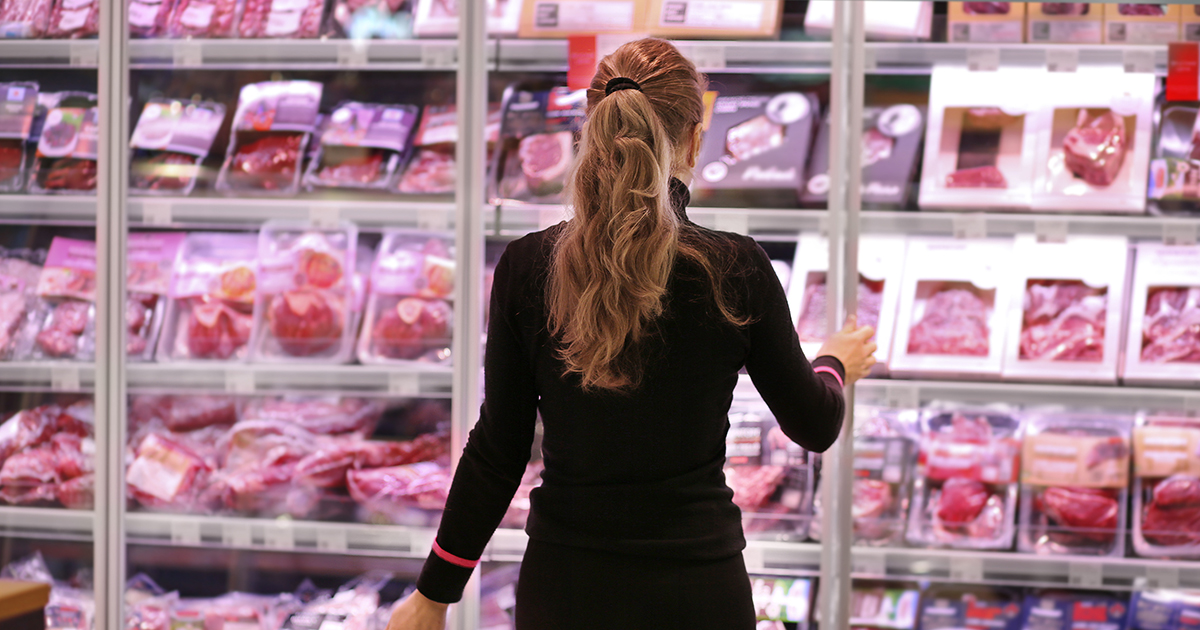
Written by Selwyn Jones
In an increasingly volatile protein landscape, maintaining a consistent beef supply chain has become one of the most critical—and complex—factors in keeping retail, foodservice, and manufacturing operations running smoothly. Fluctuating domestic herd sizes, shifting consumer demand, and growing logistical challenges have placed new pressure on suppliers to deliver not just product, but predictability.
From sourcing and planning to cold chain execution and customer alignment, ensuring consistent supply today requires more than a steady hand—it requires an integrated, global approach.
The Supply Chain Starts Long Before the Order
Consistency doesn’t begin at the shipping dock—it begins months earlier with planning, forecasting, and production alignment. Whether supporting a retail case-ready program or a manufacturing trim spec, supply assurance depends on:
- Coordinated forecasting across teams
- Diversified sourcing regions to manage seasonality
- Alignment between customer demand signals and production capacity
These early decisions often determine whether a program will scale—or stall.
Global Sourcing as a Stability Strategy
With domestic cattle herds at historic lows and regional weather patterns disrupting feed availability, many buyers are leaning into global sourcing as a way to stabilize their beef supply.
Australia, for example, offers:
- A large, pasture-based herd with year-round production
- Strong national traceability and quality assurance systems
- Counter-seasonal benefits that help balance Northern Hemisphere gaps
By integrating imports into a broader sourcing strategy, retailers and foodservice operators gain access to more consistent specs, volumes, and claims-based options—without over-relying on any single production region.
Cold Chain Integrity as a Competitive Advantage
The true test of supply consistency often comes after the product leaves the plant. Chilled beef, particularly when sourced internationally, demands a high-functioning cold chain. Best practices include:
- Vacuum-sealed packaging to retain freshness and prevent drip loss
- Active temperature monitoring across ocean and land transit
- Rigorous documentation at transfer points and ports of entry
Cold chain performance directly impacts shelf life, appearance, and usability—especially for products with specific retail or culinary specs.
The Role of Local Support in a Global Model
While global supply brings resilience, local execution remains critical. Increasingly, supply partners are expected to offer on-the-ground support to:
- Provide real-time inventory and shipping updates
- Navigate customs, labeling, and regulatory requirements
- Collaborate on spec optimization or transition timing
In other words, consistency isn’t just about the beef—it’s about communication, responsiveness, and shared planning.
Adapting Supply to Meet Diverse Channel Needs
Today’s supply chains must serve multiple end-use cases, often from the same inventory pool. Success depends on the ability to flex formats and specifications, including:
- Boxed beef for processors and high-skill operations
- Case-ready SKUs for lean labor models
- Trim products for grind or value-added lines
- Custom specs for branded or claims-forward programs
Consistency across these formats doesn’t just support sales—it protects customer trust and operational efficiency.
In an environment where unpredictability has become the norm, consistent beef supply is increasingly a differentiator. It’s not just about securing product—it’s about building systems that withstand pressure, adapt to shifting market conditions, and align closely with customer needs.
From paddock to port, the beef supply chain is evolving—and the industry players who manage that complexity well will be the ones who lead with confidence.






 Return to News
Return to News










